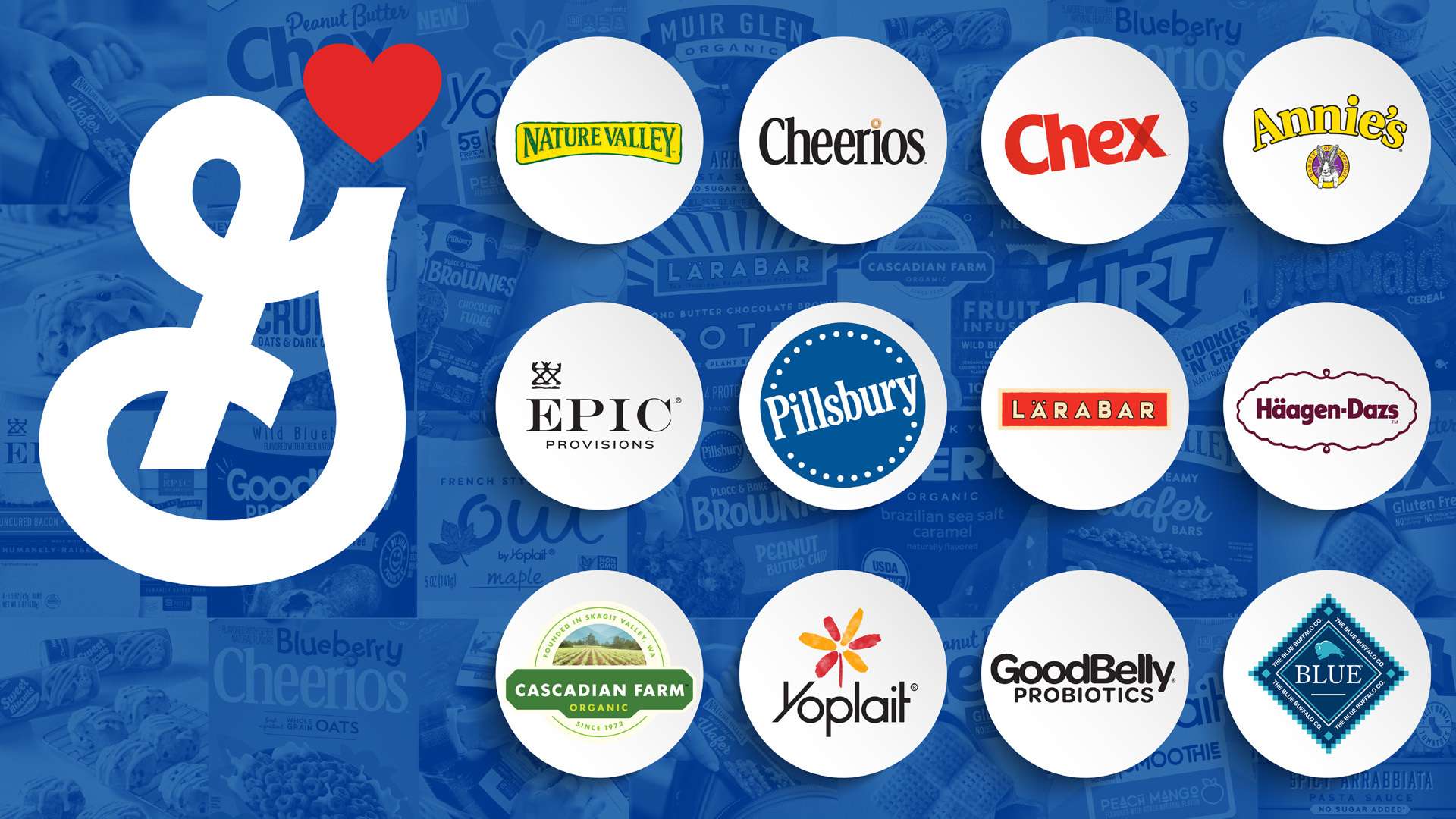McDonald’s Posts First Decline in US Comparable Sales Since 2020
McDonald’s has experienced its first decline in U.S. comparable sales since Q2 2020, marking a significant shift in the company’s recent performance. This article delves into the details of the decline, the impact of the $5 Meal Deal, and the broader economic pressures influencing consumer behavior and sales.
A Surprising Decline in Comparable Sales
In Q2 2024, McDonald’s reported a 1% decline in global comparable sales compared to an impressive 11.7% increase in the same quarter last year. Specifically, U.S. comparable sales fell by 0.7%, contrasting sharply with the 10.3% increase observed in the previous year’s period. This downturn marks the first instance of negative same-store sales for the fast-food giant since the onset of the pandemic in 2020, when sales plummeted by 8.7%.
The company attributed the decline to a drop in comparable guest counts, which was somewhat mitigated by higher average checks driven by strategic menu price increases. Despite this, McDonald’s executives remain optimistic about future sales performance, largely due to the positive reception of the $5 Meal Deal introduced on June 25, 2024.
The Impact of the $5 Meal Deal
McDonald’s U.S. President Joe Erlinger highlighted the success of the $5 Meal Deal during the company’s earnings call. The promotion, designed to attract budget-conscious consumers, has been extended by 93% of the chain’s U.S. franchises through the summer. Erlinger noted that the deal has resonated particularly well with lower-income consumers, those earning under $45,000 and between $45,000 to $75,000 annually.
“Trial rates in the deal are highest among lower income consumers, and sentiment towards the brand around value and affordability has begun to shift,” Erlinger stated. While the increase in guest counts from the deal has not yet translated into positive comparable sales growth, the average check for the $5 Meal Deal is over $10, suggesting a strong foundation for a long-term value platform.
Navigating Economic Challenges
McDonald’s CEO Chris Kempczinski discussed the broader economic challenges impacting the company’s performance. He pointed out that inflationary pressures, with costs rising between 20% and 40% depending on the market, have forced the chain and its franchisees to implement selective price increases. These increases have disrupted long-standing value programs and led consumers to reevaluate their purchasing habits.
“Beginning last year we warned of a more discriminating consumer, particularly among lower income households,” Kempczinski said. “As this year progressed, those pressures have deepened and broadened. The QSR sector has meaningfully slowed in the majority of our markets, and industry traffic has declined in major markets like the U.S., Australia, Canada, and Germany.”
Despite these challenges, Kempczinski emphasized that McDonald’s is still perceived as a value leader, although the “leadership gap has recently shrunk.” In some international markets, such as Germany, Spain, and Poland, flexible value programs have helped McDonald’s gain market share. However, in the U.S., a more comprehensive approach is needed to revitalize the value proposition.
Strategic Responses and Future Plans
McDonald’s is not sitting idle in the face of these challenges. The company is actively leveraging its digital platforms and loyalty programs to enhance customer engagement and drive sales. The chain’s mobile app offers various deals, including nationwide Free Fry Fridays, where customers can receive a free medium fry with a $1 purchase. Over the past three years, McDonald’s loyalty program has grown to represent 20% of U.S. systemwide sales, boasting 37 million 90-day active users.
“We expect customers will continue to feel the pinch of the economy and a higher cost of living for at least the next several quarters in this very competitive landscape,” Erlinger said.
Kempczinski reiterated the company’s commitment to growth and its determination to reverse the negative sales trend. He outlined several key areas of focus, including menu innovation, digital enhancements, and more effective marketing strategies. “We absolutely are committed to getting this business back to growth,” he affirmed. “The foundation of that is the value platform that we’ve talked about. But we need to do more on menu innovation. We’ve got more levers that we can do on digital and certainly getting our marketing to be more of a contributor, as it was last year. I think all of those things need to work in combination to get the business back to where we know its rightful place is.”
Conclusion
McDonald’s first decline in U.S. comparable sales since 2020 highlights the significant economic pressures facing the quick-service restaurant industry. The company’s strategic response, particularly the introduction and extension of the $5 Meal Deal, demonstrates its commitment to adapting to changing consumer behaviors and economic conditions. By focusing on value, digital engagement, and innovative marketing, McDonald’s aims to reclaim its growth trajectory and reinforce its position as a value leader in the fast-food sector.



